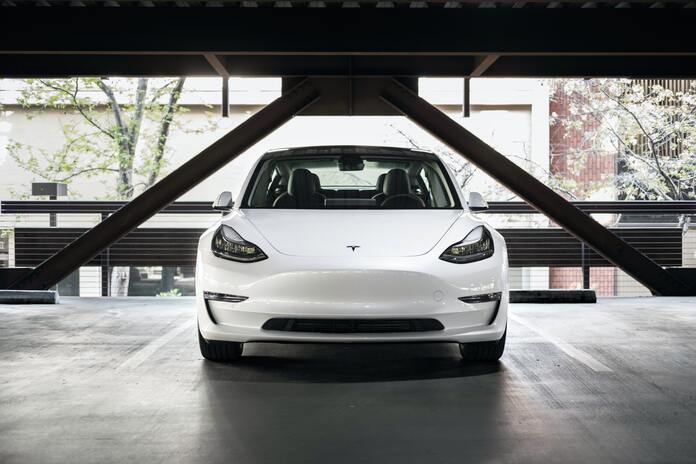The bullish projections for Chinese electric vehicle (EV) company NIO (NYSE:NIO), often dubbed the “Tesla of China,” have faced setbacks, with the stock experiencing declines in 2021, 2022, and a considerable loss in market cap in 2023. This article examines NIO’s business model, financial health, and the challenges it faces in reaching optimistic forecasts, including the potential of hitting $100 by 2030.
NIO’s Business Model
NIO stands out in the EV landscape by adopting a contract manufacturing strategy, unlike counterparts like Tesla and Rivian, which emphasize self-manufacturing. This approach, shared with companies like Fisker, enables NIO to focus on design and software, leveraging third-party manufacturing expertise. Reports suggest NIO’s consideration of acquiring manufacturing facilities from JAC Motors, currently responsible for NIO’s car production, a move viewed favorably by analysts.
The company has also introduced innovative features, such as a network of battery-swapping stations and a subscription-based model for battery usage, aiming to offer competitive car prices while ensuring recurring revenues. However, to address cash burn concerns, NIO discontinued providing free battery swaps for new buyers.
Survival and Financial Health
NIO faced survival concerns in Q1 2020, prompting strategic investments and government support to avert bankruptcy. Subsequent capital raises, including a significant investment from CYVN Holdings, have bolstered the company’s balance sheet, with $4.3 billion in cash and equivalents as of June 2023. NIO’s president reassured stakeholders at the Guangzhou Auto Show, emphasizing the company’s resilience and dispelling bankruptcy concerns. However, NIO has undergone workforce reductions and a measured approach to expansion, reflecting cautious growth strategies.
2030 Forecast and Growth Challenges
While NIO’s survival seems assured, its trajectory beyond the current industry slump depends on various factors. Success with upcoming models, sustainable profitability, free cash flows, and international expansion plans are pivotal. NIO’s ambition to enter the U.S. market by 2025 faces hurdles, including potential disadvantages due to tax credit rules that won’t apply to Chinese-imported cars. The European market poses challenges with an anti-subsidy investigation, and global shipping conflicts with the prevailing trend of fostering domestic electric car manufacturing ecosystems.
$100 by 2030: Realistic Expectation?
NIO’s current stock price hovers under $8, presenting a significant gap to reach the projected $100 by 2030. Achieving this would necessitate an ambitious Compound Annual Growth Rate (CAGR) of over 40%, translating to a 13.4x jump from current levels, totaling a market cap of $180 billion. Realistically, this appears challenging, even as NIO remains an intriguing consideration in the current EV market landscape.
In conclusion, while NIO’s survival and strategic initiatives indicate resilience, the path to reaching lofty forecasts involves navigating complexities in global markets, ensuring sustained profitability, and overcoming regulatory challenges. The $100 valuation by 2030 remains speculative, prompting investors to approach NIO with a careful assessment of its growth prospects and market dynamics.
Featured Image: Pexels





